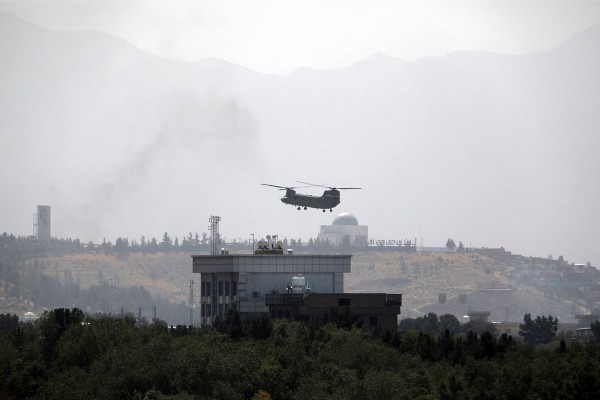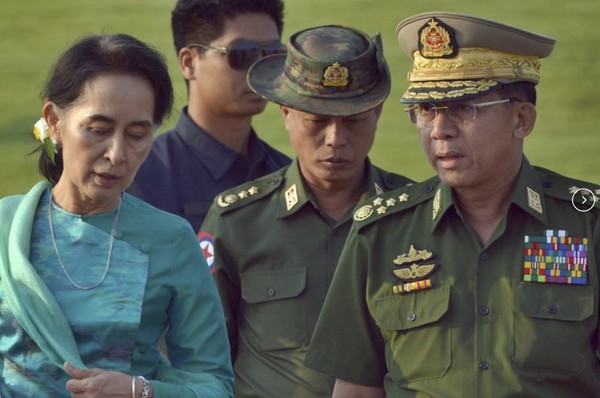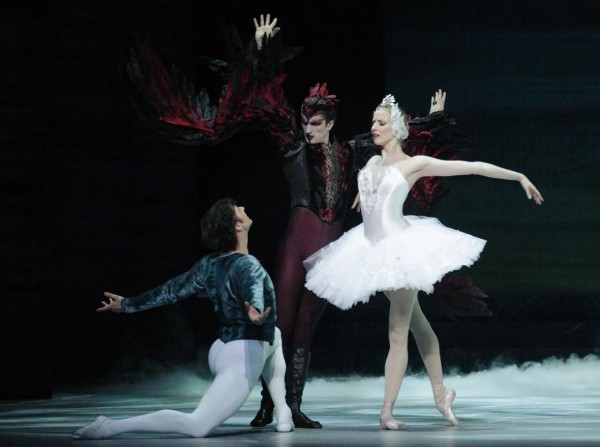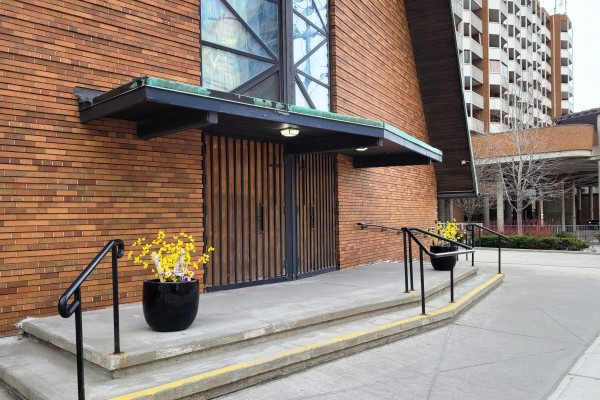
When Russia invaded Georgia’s South Ossetia in 2008, its justification for the attack has now become very familiar – the protection of Russian citizens in the separatist region of South Ossetia. Most of the local population were in fact Ossetians, not Russians. But many had obtained their Russian citizenship over the previous few months. Moscow had ordered the conferral of Russian citizenship in a mass action to ethnic Ossetians.
In the Ossetian town of Akhalgori, the newly Russian appointed police chief gave residents a threatening but plainly simple choice: take a Russian passport or leave town!
Russian legislation pending would simplify the citizenship procedures for some foreigners. For Western countries who had asked for Moscow to back down during the beginning days of the annexation of Crimea this was Moscow’s measure of defiance. It was clear that Ukraine and the rest of Russia’s ‘near abroad’ was seen by Russians as an extension of Russia proper.
Dmitry Medvedev explained that simplified procedures would see the granting of citizenship in three months. (This is without any residency requirement. In Canada the mandatory residency requirement is three years.) This would apply to people who had lived in Russia or on territory that was once part of the Russian empire or the Soviet Union. (One wonders if this ‘privilege could be extended to Alaskans or Finns. At some time in the past, they had also been part of the Russian empire.) Moscow was thinking also in economically beneficial terms: highly qualified professionals and specialists who had graduated from Soviet or Russian institutes or universities would have precedence. (As another aspect of this from the past, during the trickle of emigration of Jews in the 1970s, the Soviet Union imposed a “diploma-tax” on would be emigrants who received higher education in the USSR. In some cases the fee was as high as twenty annual salaries. This policy was apparently implemented to stem the ‘brain drain’ caused by the increasing number of Jews and other members of the intelligentsia who wanted to leave for the West and who needed an exit visa (permission to leave) which was required by all.)
Substantial populations of Russian speakers are situated in the peripherals of the old Soviet empire. They consist of Russians who migrated and/or were relocated there by the Soviet state. The relocation was an essential part of Soviet ‘russification’ policy aimed at changing the ethnic make-up in potentially anti-Moscow satellites.
Latvia and Estonia have significant ethnic Russian communities. About 27% of Latvia’s population of 2 million are ethnic Russians. One quarter of Estonia’s 1.3 population are of Russian ethnicity. Both countries have strong trade ties with Russia and depend to a great extent on Russia as an energy resource. The Russian ambassador to Latvia recently announced that the Kremlin was planning to offer passports and pensions to ethnic Russians in Latvia “to save them from poverty”. Pikemalt Eesti Elu 28.märtsi paberlehes)




























